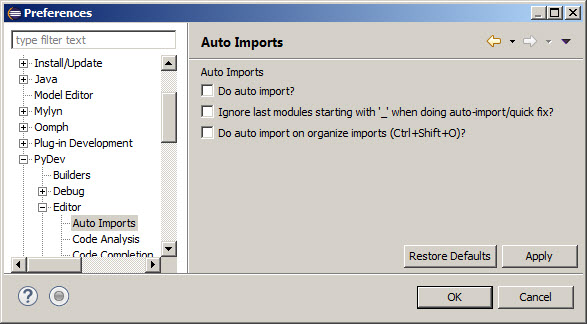Important:
Submitting Code
without Losing Points
- Ensure that you submit the code you wrote, not empty files, nor the
original files that you downloaded.
Be very careful and double-check what you submit to avoid this
mistake: if you are not sure that you submitted the correct code,
resubmit it.
After submitting (the correct file) to Checkmate, ensure that it
shows the assignment's status as completely submitted.
Bottom Line: If you do not submit code with your solution (e.g., you
submit the wrong file), you will receive 0 points for the assignment.
- If you are submitting with a partner, ensure that the Submitter
and Partner lines of the program are correctly specified.
The names must appear in the exact format required, with no misspellings
nor punctuation errors.
The student listed as Submitter must be the one who actually
submits the code.
See the Programming Assignments web page
for the exact form required (and you must follow that exact form, with
no misspelling nor punctuation errors).
- Ensure that you submit your code on time.
We can, and mostly do, ignore any work submitted after the deadline
(even by a few minutes).
It is a fairness issue for other students who do submit on time.
The best strategy is to finish the work and submit it well before the
deadline (possibly getting extra credit points): by submitting early,
you will learn more too, if you aren't rushing to meet a deadline.
To ensure that we will grade something, submit partially complete code
ahead of the deadline; then, if you miss the deadline, we will still
grade the partially complete code.
Be warned: Checkmate can get bogged down if many students all try to
submit a few minutes before the due time, so do not wait until the
last minute to submit your code.
Submit your code immediately when you finish; you can always remove a
submission and resubmit corrected code later
- Ensure that you test your code using the self-checks that we provide
and use for grading.
By using these self-checks, you will know when your code contains
errors that will result in point deductions when we grade it.
The actual tests that we will use for grading might be a bit different,
but will be similar in form and content: so, think a bit about testing
your code beyond the self-checks that we supply.
No finite amount of testing can show that code is correct for all inputs.
- Avoid Common Problems: Ensure that your files...
- ...contain no syntax errors.
- ...contain only appropriate import statements, typically just the ones provided in the download file(s); if Eclipse adds extra imports (which it sometimes does erroneously) remove them.
- ...contain only functions that execute quickly (typically under a few seconds - unless specified otherwise in the assignment).
Any syntax errors, inappropriate import statements, or excessive execution time may cause all self-check tests to fail during automatic grading. For functions that take excessive time, it is best to comment out their bodies, replacing their code with pass, resulting in the function immediately returning None: it will be counted wrong, but doing so will allow other functions to be run and graded for correctness.
To help avoid inappropriate imports and losing points, ensure that in Python you have selected Window | Preferences | PyDev | Editor | Auto Imports and unchecked all boxes (illustrated below) and then clicked Apply following by OK.

After an assignment is graded automatically, the Announcement for it will contain a link to an Excel file that you can examine for detailed information about how your score was computed.
If this information does not match your expectations from you running the assignment's self-checks while developing your code, contact your TA. It is best to meet with your TA during lab hours: they can talk to you about your code and run it while you are present, to help resolve the difference. But, if we have to modify your code to grade it properly (see the typical source of problems above), then we will deduct points. I hope that by students carefully writing/submitting their code, these grading anomalies and point deductions will be minimized during the quarter.